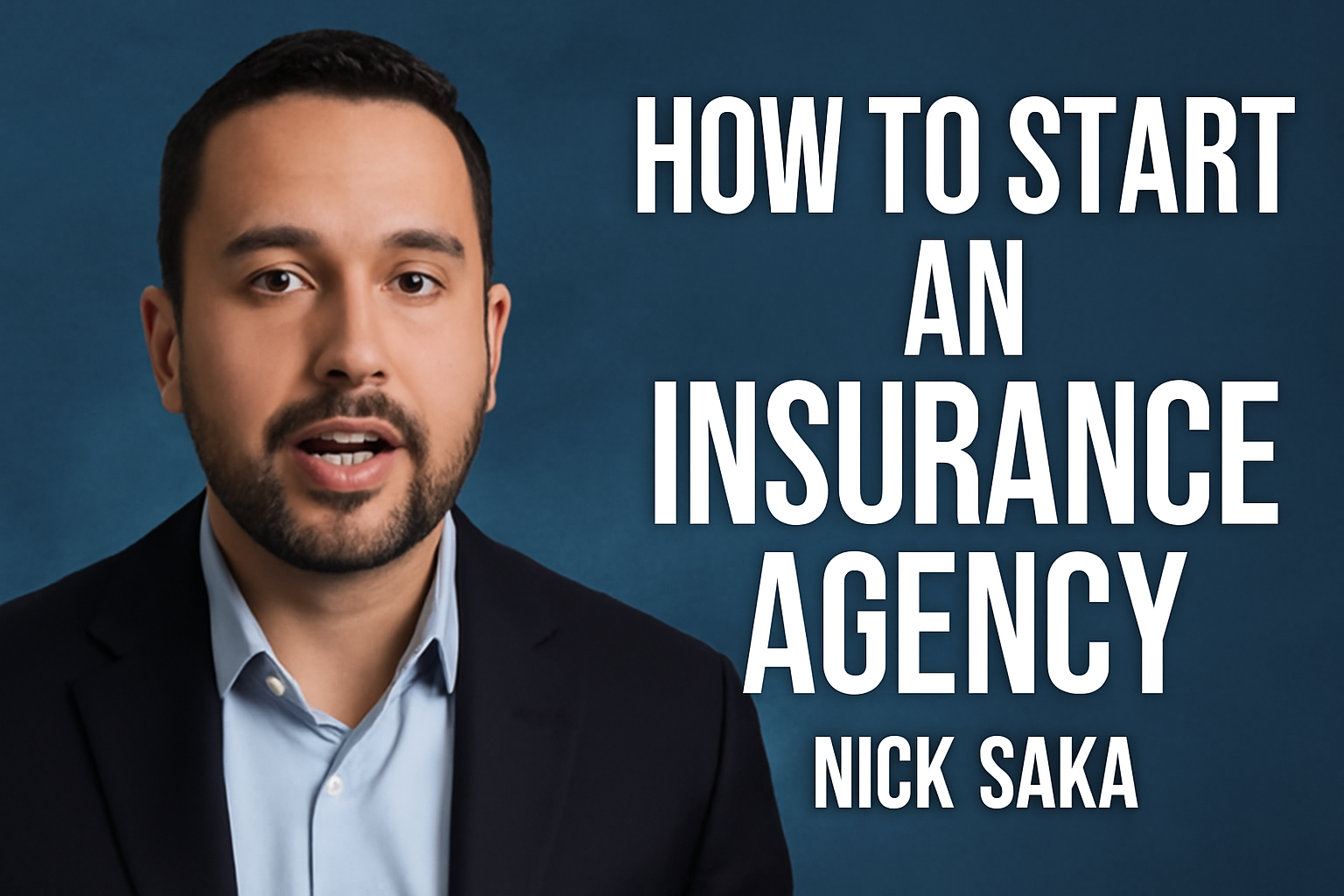Basic Insurance Concepts
Hello everybody, thank you so much for clicking on our video today. My name is Josh from Your Best Life Academy, and today we’re going to be diving into detail on something called basic insurance concepts and principles. Many people have been requesting that we go a bit more into detail on some sections for your exam, so in a lot of states, this ends up being Chapter One. If you’re new to the industry and getting your insurance license, first off, congratulations! It’s an amazing decision to get involved in this line of work.
The Importance of Understanding Basic Insurance Terminology
So, what are we going to cover today? We’re going to go over terminology, words that will be important for you to understand. One of the biggest questions I get is: do I have to memorize all these words? No, you don’t. It’s rare in this exam that they ask you what a word means. But, understanding these terms will make the questions easier to grasp. For example, let’s start with the word producer or agent.
Producer vs. Agent: Understanding Their Roles
A producer or agent is a legal representative of a company, representing just one company. On the other hand, a broker represents multiple companies. While both are legal representatives, their roles differ. However, we’ll save the deeper discussion for another video.
The Meaning of “Person” in Insurance
The next term to know is person. It may sound straightforward, but in legal terms, it can refer to more than just a human being. Corporations, organizations, and partnerships can also be considered “persons” in a legal sense.
The Insured vs. The Insurer
Now, let’s look at two terms that often confuse people: insured and insurer. The insured is the person covered by the insurance policy, while the insurer (or principal) is the company providing the coverage.
The Applicant and Policy Ownership
The applicant is the person applying for insurance, sometimes referred to as the proposed insured. The policy owner is the individual who controls the policy and can exercise all rights and privileges related to the policy.
What Does “Premium” Really Mean?
In this exam, premium doesn’t mean “good” like you might think of with premium gasoline. Instead, it refers to the payment made for insurance coverage. It’s crucial to understand that in this context, premium means payment, not quality.
Understanding “Insurance” vs. “Insurance Policy”
Insurance is a concept, the idea of transferring risk to someone else, while an insurance policy is the written contract that sets forth the terms of the coverage.
Defining Risk in Insurance
Risk is about the uncertainty or possibility of loss. In the context of insurance, we are transferring this risk, and understanding it is key to the exam.
Pure Risk vs. Speculative Risk
There are two types of risk: pure risk and speculative risk. Pure risk is a situation where there is a guaranteed loss, like a car accident. Speculative risk, on the other hand, involves both the possibility of gain and loss, such as gambling. Insurance can only be purchased for pure risk.
Hazards, Perils, and Loss: Understanding Their Relationship
Now, let’s move on to the concept of hazards, perils, and loss. The relationship between these terms can be visualized like steps on a staircase: one leads to the next.
- Loss refers to the reduction of the value or quality of something, like losing an item or damaging property.
- Peril is the cause of the loss, often an accident such as a flood or fire.
- Hazard is the cause of a peril. There are four types of hazards: physical, moral, morale, and legal hazards.
Understanding the Types of Hazards
- Physical hazard involves a physical condition, like a health issue that increases the likelihood of an accident.
- Moral hazard relates to dishonesty, such as lying to an insurance company.
- Morale hazard refers to indifference to risk, like speeding even though you know it’s dangerous.
- Legal hazard involves money-related issues, such as using premium payments for unintended purposes.
Conclusion: Insurance as Protection Against Loss
To wrap up, understanding the flow from hazards to perils and finally to loss helps clarify the role of insurance in mitigating these risks. It’s crucial to know these terms to navigate insurance exams effectively and, more importantly, to understand how insurance protects against these uncertainties.
Thank you for watching, and I hope you continue to live your best life!



